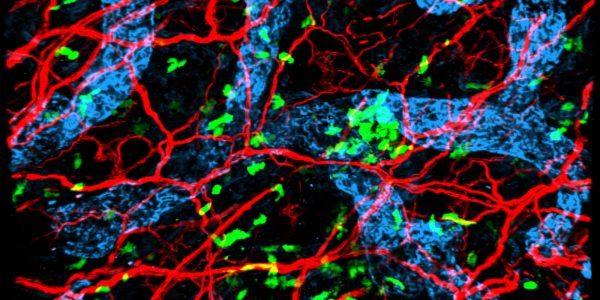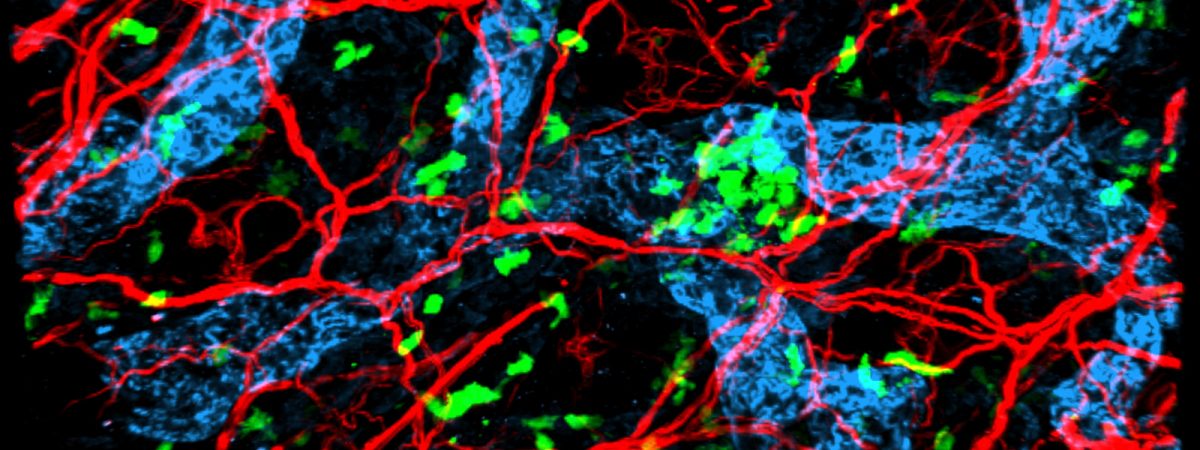The CDC’s Vital Statistics Rapid Release recently reported that, “The provisional number of suicides in 2021 (47,646) was 4% higher than in 2020 (45,979). The provisional age-adjusted suicide rate also was 4% higher in 2021 (14.0 per 100,000 standard population) than in 2020 (13.5).”
“The largest percentage difference between monthly numbers for 2020 and 2021 occurred in October, where the provisional number in 2021 (4,211) was 11% higher than in 2020 (3,781). The 2% increase in the age-adjusted suicide rate for females (5.6 in 2021 compared with 5.5 in 2020). Suicide rates increased for males aged 15–24, 25–34, 35–44, and 65–74.”
The BMJ recently reported that, ‘A psychiatrist has died by suicide after he was notified that he was being investigated by the General Medical Council over a complaint against him.
Michael McPhillips, who had a private practice in west London, feared a public hearing, the inquest into his death was told. He left six suicide notes for family and friends, in one of which he wrote, “Dead people can’t be put on trial so the obvious solution is for me not to be alive.”’
The risk of suicide is not the thinking to want to die, or that there are possible things to take one’s life, but that if the thoughts acquire certain properties, then the likelihood of suicide is high.
Suicide prevention is tied to thought characteristics more than anything else possible. The situation can be really bad, but thoughts don’t go to destinations for promptings, as well as those for the rest of the steps towards completion.
Thoughts and their properties are the constant factor in any suicide.
It is important to express this at the basic level for mental health, which then becomes how thinking about death should be avoided because it may one day go somewhere conclusive.
There are gaps in brain science, keeping out what can be understood about how the brain works for experiences: not cells or molecules, thinking, or thought disorder, which does not define what thought order is or what the properties of thought are.
A psychiatrist committing suicide or a neurologist doing the same at Rikers says that those who know more about the brain and mind farther than average still don’t get that properties of thoughts and how their rules makes determinations.
To keep down suicide rates, a display of how thoughts acquire properties would be vital.
No one experiences neurons, hormones, or neurotransmitters, experiences are based on thought and memory.
Someone could have eaten but thought of hunger with the right properties would make it feel so. Video games may provide this display in a new direction for prevention.
This is different from using data from smartphones and wearable biosensors to identify periods of high danger—and intervene, where, though helpful to many, is sometimes limited by reach and elusive on how thoughts work the promptings that lead to suicide. Also, having an app about suicide or its features may also bring it to mind, to make thoughts acquire risky properties.
Though data is sent elsewhere to track, wearable tech can also be responsible for anxiety, such that there is continuous thinking about the numbers on the watch.
There are stores in memory, bearing properties for thought that may move to the principal spot, and everything just goes there, so that even when not thinking, the whole body and mood stays in that state.
Knowing how thoughts properties decide, in a widely available display would be a new addition to wearable tech, helping those vulnerable.
There was a recent article on suicide with a striking quote, “My mom had bipolar disorder, and she had faced ups and downs over her 30-year struggle with the disease. For decades, a light dose of lithium had kept her stable, but one day it stopped working. She was prescribed a new medication, but it did not stabilize her, and over the following months she experienced a horrific series of side effects. The drug came with a warning for the potential to increase suicide risk, and she was self-aware as suicidal ideation began to plague her. She vocalized her need for help, and our family mobilized to protect her and make sure she had access to the best medical care available.”
Her medication that eased the thought properties of bipolar, induced the thoughts and promptings of suicide.
In psychopharmacology, there is a lot of focus on synaptic targets, but those are subordinate to the construct of thought for experiences.
Although in a serious mental illness like bipolar, the automatic transport of thought can be overpowering, but seeing how thought acquires properties and relays could be useful to design new ways to counter those for the affected and loved ones.




